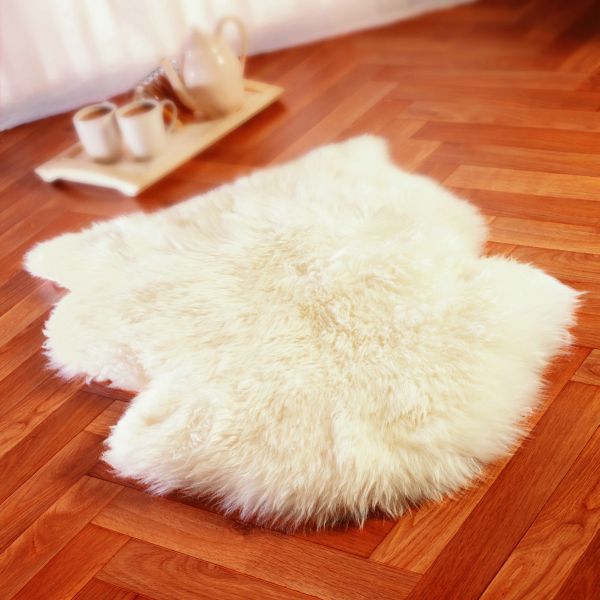It’s not always the style of the rug you choose that determines how good it looks in your home. There are other factors to consider as well – things that point towards the subtle science of interior design rather than what’s going on at the surface.
What we’re referring to in particular here is the psychological impact of placement. We’re not going so far as to invoke feng shui, but there’s definitely an element of that philosophy in the way we decorate our homes. Creating a sense of harmony between ourselves and our living environment is arguably about making sure every aspect of a room is in its right place.
This obviously relates to rugs pretty strongly. Rug placement may seem like a fairly obvious art, but there’s more to it than you might imagine. We’ve already seen that are options when it comes to the relationship between rugs and furniture in a living room, but even choosing the size of rug for any given space is a delicate matter.
Before you buy any rug for any space you must think about the dimensions! It’s not much of an ask – there’s only three of them and, in truth, the depth of rugs doesn’t vary a huge amount and only matters in terms of the texture you’re after (shaggy rugs v traditional rugs; sheepskin rugs v natural rugs etc.)
No – what really matters here are the other two dimensions – the length and the width. Surely such considerations are not too hard to square with the other rug-selection criteria (the style, the patterning, the texture and such)?
The dimensions of the rug you need relate directly to the dimensions of the space you want it to occupy (partially or completely). The bullet points below offer a pretty comprehensive guide to the measurements you need to arm yourself with before choosing a living room rug.
- Get the dimensions of the room itself. This way you’ll be able to work out what portion of the surface area of the floor a given rug takes up – whether this is too much, not enough or just right.
- Measure all the items of furniture around the central space where the rug will go. Do this even if you intend for the rug to extend beneath the sofas and chairs in the room.
- Measure any item of furniture you intend to place directly on the rug – coffee tables and so on.
- Using these measurements, take a piece of paper and sketch a rough scale model of your room. This model may help you work out the ideal dimensions of the rug you need.
Finally, don’t neglect certain possibilities that may have escaped your attention so far. Round rugs are a viable option for square spaces.

Alternatively, sheepskin rugs offer a welcome break from the regular rectangular shape that most rugs adhere to – they can be placed diagonally across a given area to break up the symmetry in a really attractive and homely way.
Then there are hallways runner specifically designed for narrow spaces. Moreover, you can always look at customisation if none of the standard sizes quite meet the dimensions you need for total living room harmony.

Get Social